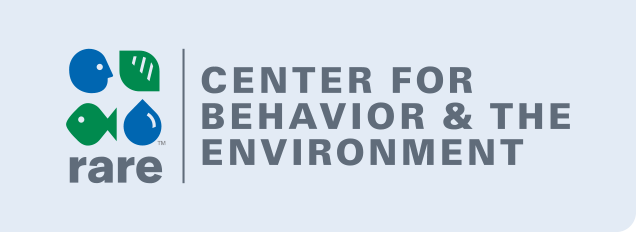Principles & Strategies
Direct attention
-
Make desired behavior the default option
-
Draw attention to desired behavior by making it salient
Simplify messages and decisions
-
Streamline complex decisions to focus on key information or actions
-
Provide shortcuts for behaviors with many steps or options
Use timely moments and prompts
-
Target moments of transition and habit formation
-
Provide prompts and reminders about the desired behavior
Facilitate planning and goal setting
-
Provide support in making a plan to achieve the desired behavior
-
Use commitments to bind or limit future decisions
Tips:Use choice architecture in a way that support’s people goals as much as possible. People are very sensitive to manipulation and may respond poorly to feeling that someone is trying to control their actions. Choice architecture is separate from any of the ‘common’ levers in that a) it does not eliminate choices, b) it does not change the incentives or disincentives of doing a behavior, and c) it goes beyond giving factual information. Choice architecture works because of the reliance on cognitive biases, habits, routines, etc. |

Buoys serve as salient reminders and markers of no-take fishing zones.
Restaurant menus can be leverage choice architecture to improve adoption of plant-rich options by diners. The Better Buying Lab’s experiments are at the forefront of this new trend.

